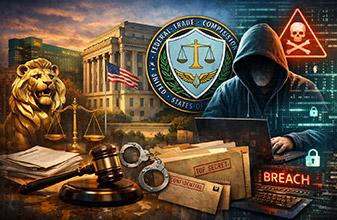Tournament Betting Goals

Casino games tournaments are fun, and they can be profitable too. In upcoming articles, we will continue to publish a series of excerpts from Stanford Wong’s book, Casino Tournament Strategy.
If Your Goal Is Within One Max Bet Of Your Bankroll
Start out betting a proportion of your bankroll equal to your advantage. Most of the time this means betting the minimum. If you are counting cards and the count is so high (or the rules so liberal) that you have a 2% edge, then bet 2% of your bankroll or less. You might be able to drift into your goal without having to make a big bet. This happens frequently at tournaments where 50% of the field advances to the next round.
If Your Goal Is One To Two Max Bets Above Your Bankroll
You will not be able to drift up to your goal with minimum bets. So if you can count cards, bet the minimum on negative or zero counts and make a large bet on positive counts. If you do not count cards, then bet aggressively whenever you feel like it. You are going to have to make some big bets sometime.
If Your Goal Is More Than Two Max Bets Above Your Bankroll
If your goal is many maximum bets above your current bankroll, then bet aggressively from the first hand. For example, in a winner-take-all tournament with a $100 buy-in and $100 max bets, it is best to go with max bets starting on the first hand.
If your bankroll is greater than the maximum bet but less than double the maximum bet, then bet half your bankroll. For example, if you are trying to turn $600 into $9000 and the maximum bet is $500, start out with a bet of $300.
Last Five Hands
To be able to advance despite finishing up with a string of losses, you would like to be a minimum bet above your goal with a hand to go, two minimum bets above your goal with two hands to go, etc. For example, if you want to finish with at least $600 and the minimum bet is $10, you can smile if you have $650 with five hands to go. But if you have $620 with five hands to go, you are out if you lose all of the last five hands.
In the example of $620 with five hands to go, you can use a progression (a rare time when a progression is actually useful) and finish with $600 or more if you win any one of the last five hands, even if you lose the other four. Bet $20 on the fifth-last hand; if you win, switch to $10 bets and if you lose, you have $600 with four hands to go. If you have $600 with four hands to go, bet $30 on the fourth-last hand; if you win, switch to $10 bets and if you lose, you are down to $570 with three hands to go. Then bet $50; if you win, switch to $10 bets and if you lose, you are down to $520 with two hands to go. Then bet $90; if you win, switch to $10 bets and if you lose, you are down to $430 with one hand to go. A bet of at least $170 on the final hand gives you your last chance to get to $600.
If you win any one of those last five hands, drop to $10 bets the rest of the way and finish with at least $600. Do not double down or split a pair if losing a doubled bet would leave you short of your goal.
On the final hand of a tournament in which a fixed percentage (example: 50%) of the field advances to the next round, bet either the minimum or make a big bet. If you think your score minus a minimum bet will qualify you for the next round, bet the minimum. If you think your score might be short, you might as well bet big and qualify for sure if you win your bet. Do not try to finetune it to the point where a slight error in judgment makes you a high-scoring non-qualifier.
This article is part of a series, to be continued…
Excerpted with permission from Casino Tournament Strategy by Stanford Wong, edited for this format.











Please log in or register to leave a comment